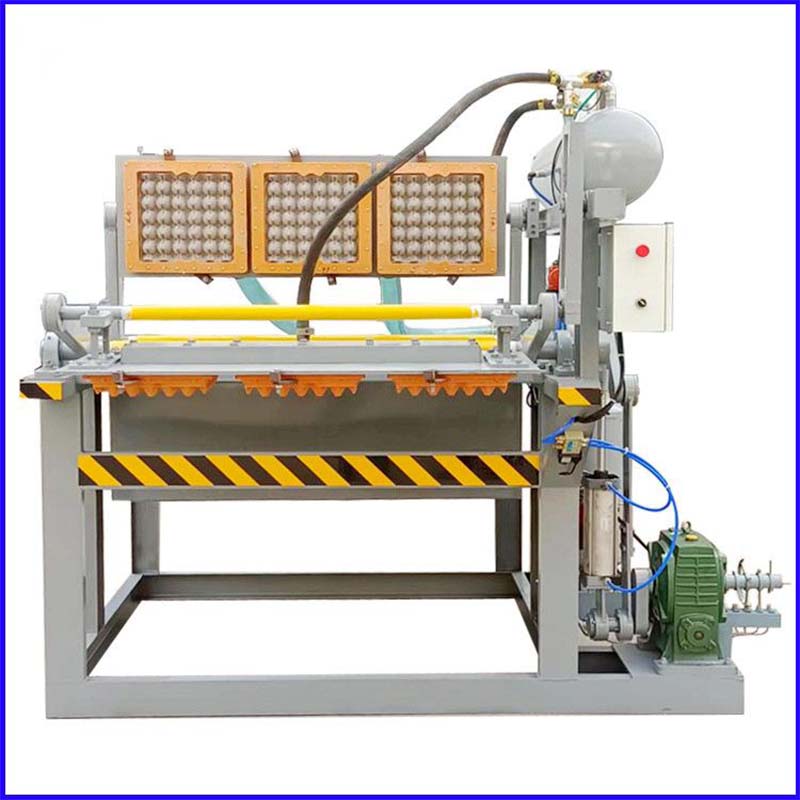pellet machine for animal feed
Dec . 17, 2024 13:23 Back to list
pellet machine for animal feed
The Significance of Pellet Machines for Animal Feed
In the realm of animal husbandry, ensuring the optimal health and growth of livestock is of paramount importance. One of the most effective ways to achieve this is through the provision of high-quality feed. Enter the pellet machine, a revolutionary tool that has transformed the production of animal feed. This article explores the significance of pellet machines, their benefits, and their impact on the animal feed industry.
What is a Pellet Machine?
A pellet machine, often referred to as a pellet mill, is a device that compresses feed ingredients into small, cylindrical pellets. These pellets can be made from various materials, including grains, forage, and nutritional supplements, creating a complete feed mix for livestock. The process typically involves grinding the raw materials into a fine powder, blending them to achieve the desired nutrient balance, and then extruding them under pressure and heat to form pellets.
Benefits of Using Pellet Machines in Animal Feed Production
1. Nutritional Efficiency Pellets can be formulated to include a balanced mix of proteins, carbohydrates, vitamins, and minerals. This allows farmers to provide their animals with precise nutritional requirements, which can enhance growth rates, improve feed conversion ratios, and support overall animal health.
2. Reduced Wastage Feed in pellet form reduces wastage significantly. Traditional loose feed can fall to the ground, leading to nutrient loss and attracting pests. Pellets are more compact and easier to store, minimizing spillage and ensuring that more of the feed reaches the animals.
3. Improved Palatability Animals tend to prefer pellets over loose feed. The uniform shape and texture of pellets make them more palatable to livestock, encouraging better feed intake, which is crucial for their growth and production.
4. Convenience and Efficiency Pellet machines streamline the feed production process. Farmers can quickly produce large volumes of feed tailored to their livestock’s specific dietary needs. This efficiency not only saves time but also reduces labor costs associated with manual feed preparation.
pellet machine for animal feed

5. Transportation and Storage Pelleted feed takes up less space than loose feed, making it easier to transport and store. This is particularly important for farmers operating on a larger scale, as it allows them to optimize storage facilities and reduce logistics costs.
The Impact on the Animal Feed Industry
The introduction of pellet machines has had a profound impact on the animal feed industry. As demand for efficient and high-quality feed continues to rise, pellet machines play a vital role in meeting the needs of modern livestock farming. They enable feed manufacturers to produce customized products that cater to various species and growth stages, leading to healthier animals and improved agricultural outputs.
Moreover, the ability to incorporate alternative feed ingredients, such as agro-industrial by-products and food waste, into the pellet production process has inspired innovative approaches to sustainability in animal agriculture. This not only contributes to feed security but also promotes environmental sustainability by reducing the carbon footprint associated with traditional feed production.
Challenges and Future Directions
While the advantages of pellet machines are evident, there are also challenges. The initial investment costs for pellet mills can be high, which may deter small-scale farmers. Additionally, ensuring the consistent quality of the raw materials used for pellet production is crucial for maintaining the nutritional value of the feed.
Future trends in pellet machine technology are likely to focus on enhancing efficiency, reducing energy consumption, and improving the adaptability of machines to accommodate various feed formulations. Innovations such as automated monitoring systems, variable speed drives, and advanced conditioning techniques are expected to further revolutionize the industry.
Conclusion
Pellet machines represent a significant advancement in the production of animal feed, offering numerous benefits that enhance the productivity and welfare of livestock. As the demands of the agricultural sector continue to evolve, these machines will play an essential role in ensuring sustainable and efficient animal husbandry practices, ultimately contributing to food security and economic stability in the food supply chain. The future of animal feed production is undoubtedly intertwined with the continued development and adoption of pellet technology.
-
Hot Sale 24 & 18 Door Rabbit Cages - Premium Breeding Solutions
NewsJul.25,2025
-
Automatic Feeding Line System Pan Feeder Nipple Drinker - Anping County Yize Metal Products Co., Ltd.
NewsJul.21,2025
-
Automatic Feeding Line System Pan Feeder Nipple Drinker - Anping County Yize Metal Products Co., Ltd.
NewsJul.21,2025
-
Automatic Feeding Line System - Anping Yize | Precision & Nipple
NewsJul.21,2025
-
Automatic Feeding Line System - Anping Yize | Precision & Nipple
NewsJul.21,2025
-
Automatic Feeding Line System-Anping County Yize Metal Products Co., Ltd.|Efficient Feed Distribution&Customized Animal Farming Solutions
NewsJul.21,2025






